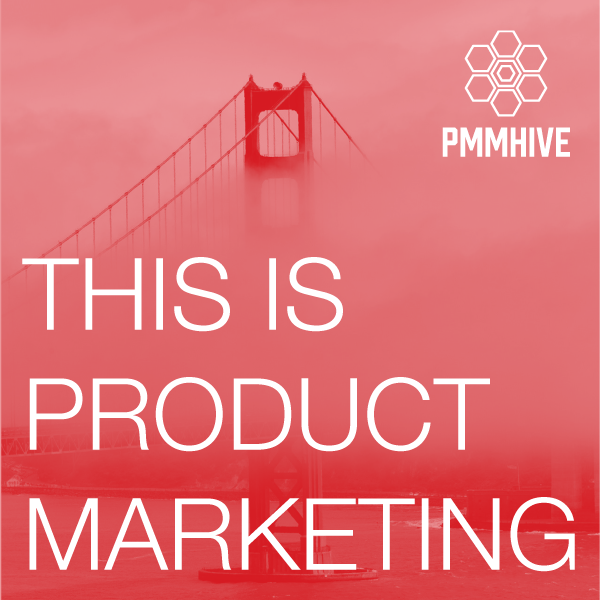More than 15 years after it happened, you can still find videos online of Microsoft’s Steve Ballmer chanting “Developers! Developers!” more than a dozen times at a Windows conference in 2006.
You can’t blame Ballmer for his excitement. Put the right combination of tools, technology, and ideas in the hands of a developer and you’ve got the foundation for a number of applications and platforms we use every day.
RELATED PODCAST: How Business Users Change the Game of B2B Marketing
Since Ballmer’s viral developer movement in 2006, the focus on developers has only intensified. The concept of “shift left,” which moved testing, quality assurance, and performance monitoring earlier in the software development lifecycle, meant putting more tools into the hands of dev teams early in the process with the goal of eliminating costly fixes later in the lifecycle.
Roee Kriger is the CEO and co-founder of Metis, which creates tools for database observability tools designed to help developers create applications with confidence.
His team’s go-to-market strategy focuses on differentiation in a crowded market, meeting developers where they are, and self-service experience.
In this episode of the B2B Nation podcast, we’re talking to Roee about the challenges of marketing to developers, why you won’t see the familiar social media icons on the Metis website, and his favorite tools.
Episode Guide
1:58: Rosee identifies the two biggest challenges of marketing to developers .
3:42: How does the GTM strategy at Metis address the challenges of marketing to developers?
5:05: It’s all about marketing and selling to the end user.
6:38: Why it’s important to nail your PLG motion.
7:14: What does Metis do to meet developers where they are?
10:53: Are developers more likely to give feedback to improve products?
12:29: What is Roee’s favorite tool?











